Camacho et al. show that emotion concepts are represented throughout the brain, giving insight to how the brain perceives real-world emotions. These patterns are present before children enter school and become more standardized across adolescence.
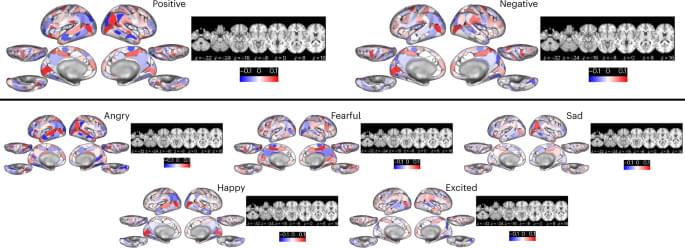


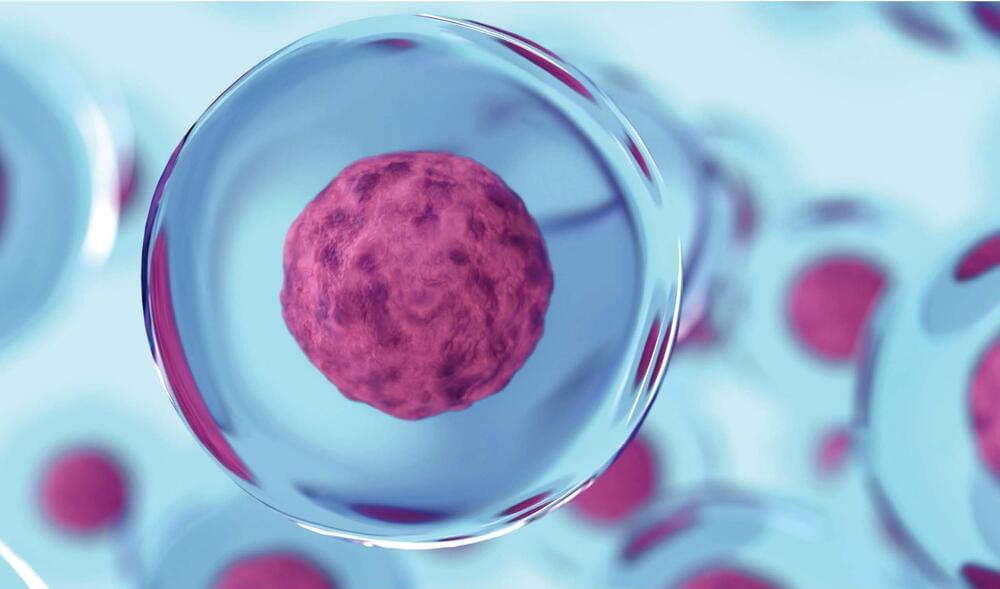
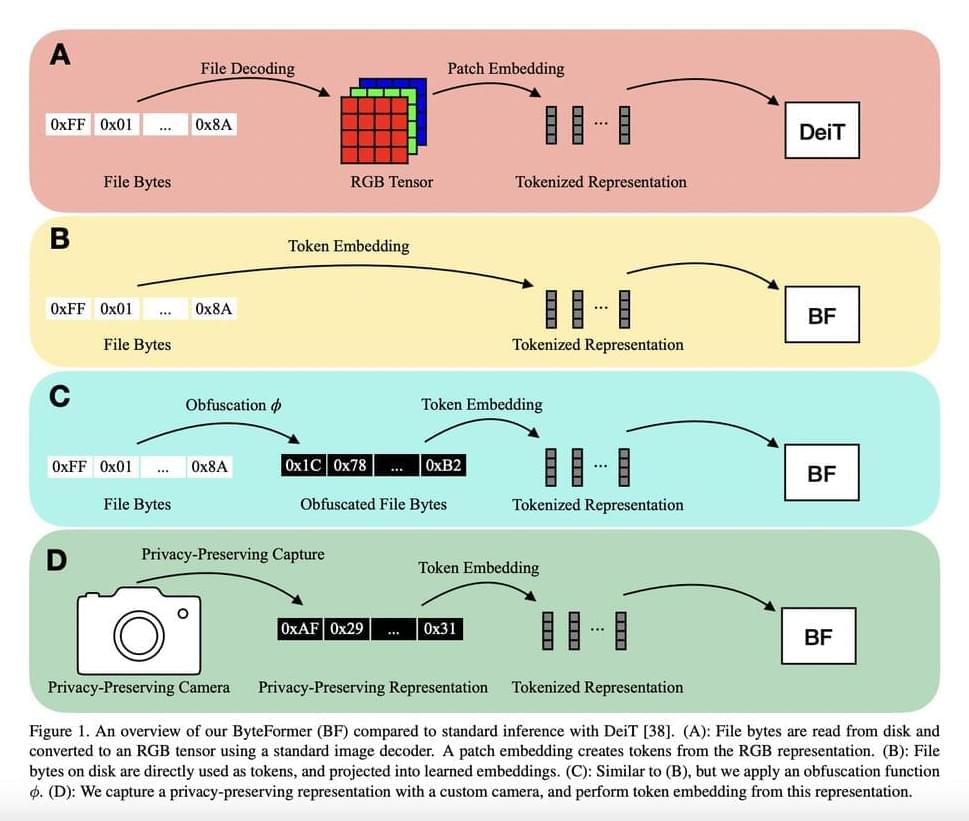
The explicit modeling of the input modality is typically required for deep learning inference. For instance, by encoding picture patches into vectors, Vision Transformers (ViTs) directly model the 2D spatial organization of images. Similarly, calculating spectral characteristics (like MFCCs) to transmit into a network is frequently involved in audio inference. A user must first decode a file into a modality-specific representation (such as an RGB tensor or MFCCs) before making an inference on a file that is saved on a disc (such as a JPEG image file or an MP3 audio file), as shown in Figure 1a. There are two real downsides to decoding inputs into a modality-specific representation.
It first involves manually creating an input representation and a model stem for each input modality. Recent projects like PerceiverIO and UnifiedIO have demonstrated the versatility of Transformer backbones. These techniques still need modality-specific input preprocessing, though. For instance, before sending picture files into the network, PerceiverIO decodes them into tensors. Other input modalities are transformed into various forms by PerceiverIO. They postulate that executing inference directly on file bytes makes it feasible to eliminate all modality-specific input preprocessing. The exposure of the material being analyzed is the second disadvantage of decoding inputs into a modality-specific representation.
Think of a smart home gadget that uses RGB photos to conduct inference. The user’s privacy may be jeopardized if an enemy gains access to this model input. They contend that deduction can instead be carried out on inputs that protect privacy. They make notice that numerous input modalities share the ability to be saved as file bytes to solve these shortcomings. As a result, they feed file bytes into their model at inference time (Figure 1b) without doing any decoding. Given their capability to handle a range of modalities and variable-length inputs, they adopt a modified Transformer architecture for their model.

For the first time, researchers from Tel Aviv University have developed a genome-scale technology that makes it possible to reveal the role of genes and traits in plants previously hidden by functional redundancy.
The researchers point out that since the agricultural revolution, man has improved plant varieties for agricultural purposes by creating genetic diversity. But until this recent development, it was only possible to examine the functions of single genes, which make up only 20% of the genome. For the remaining 80% of the genome, made up of genes grouped in families, there was no effective way, on the large scale of the whole genome, to determine their role in the plant.
As a result of this unique development, the team of researchers managed to isolate and identify dozens of new features that had been overlooked until now. The development is expected to revolutionize the way agricultural crops are improved as it can be applied to most crops and agricultural traits, such as increased yield and resistance to drought or pests.


If you’ve ever struggled with insomnia, you’ve likely heard of melatonin. This nutritional supplement has been widely available in drug stores, health food stores and grocery stores for years, and touted as a natural sleep aid. It even comes in doses meant for children.
But what is melatonin? And is it safe for cancer patients to take during treatment?
We checked in with pulmonologist Saadia Faiz, M.D., for answers.
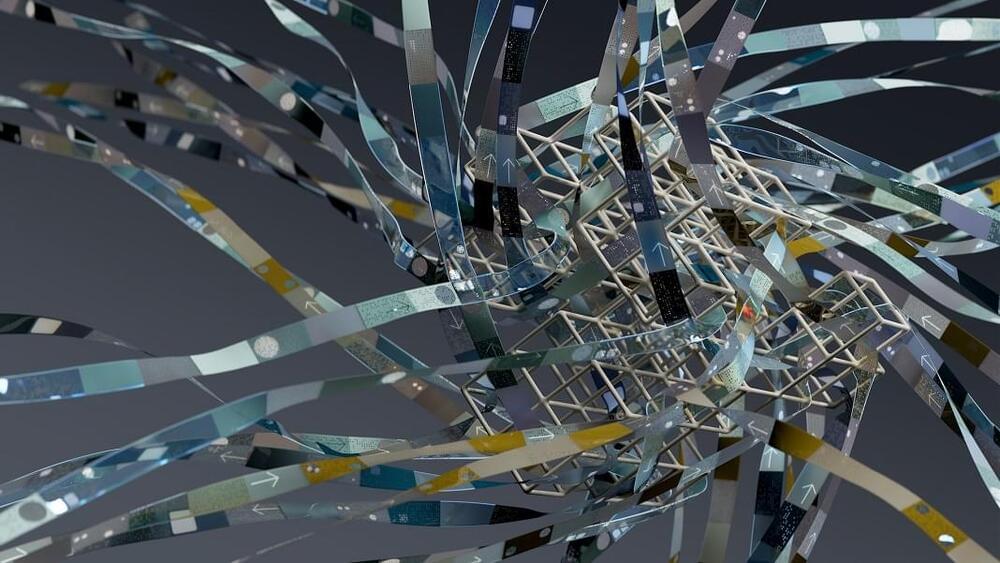
One nebulous aspect of the poll, and of many of the headlines about AI we see on a daily basis, is how the technology is defined. What are we referring to when we say “AI”? The term encompasses everything from recommendation algorithms that serve up content on YouTube and Netflix, to large language models like ChatGPT, to models that can design incredibly complex protein architectures, to the Siri assistant built into many iPhones.
IBM’s definition is simple: “a field which combines computer science and robust datasets to enable problem-solving.” Google, meanwhile, defines it as “a set of technologies that enable computers to perform a variety of advanced functions, including the ability to see, understand and translate spoken and written language, analyze data, make recommendations, and more.”
It could be that peoples’ fear and distrust of AI comes partly from a lack of understanding of it, and a stronger focus on unsettling examples than positive ones. The AI that can design complex proteins may help scientists discover stronger vaccines and other drugs, and could do so on a vastly accelerated timeline.
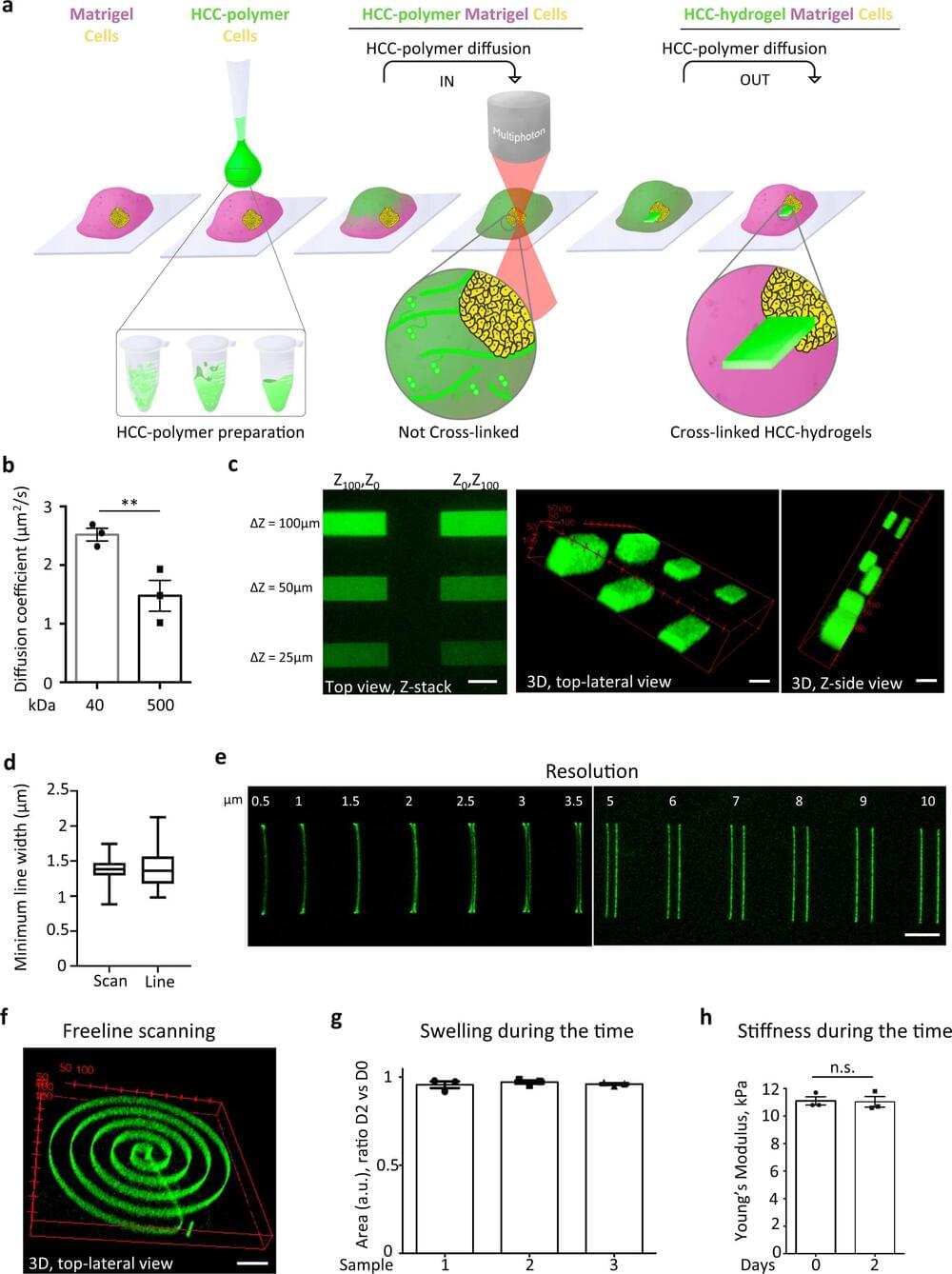
Scientists from the NIHR Great Ormond Street Hospital Biomedical Research Centre (a collaboration between GOSH and UCL), London, and University of Padova, Italy, have shown for the first time how 3D printing can be achieved inside “mini-organs” growing in hydrogels—controlling their shape, activity, and even forcing tissue to grow into “molds.”
This can help teams study cells and organs more accurately, create realistic models of organs and disease, and even better understand how cancer spreads through different tissues.
A particularly promising area of research at the Zayed Centre for Research (a partnership between Great Ormond Street Hospital (GOSH), GOSH Charity and University College London Great Ormond Street Institute of Child Health (UCL GOS ICH)) is organoid science—the creation of micro-versions of organs like the stomach, the intestines and the lungs.
